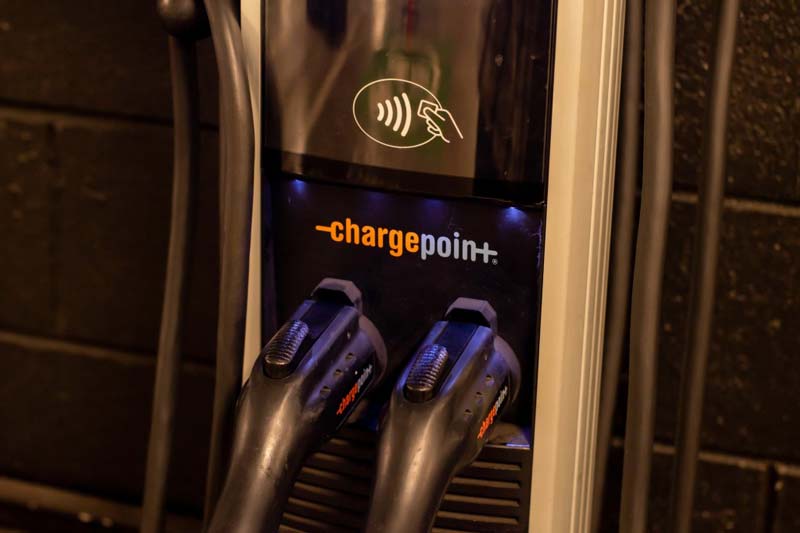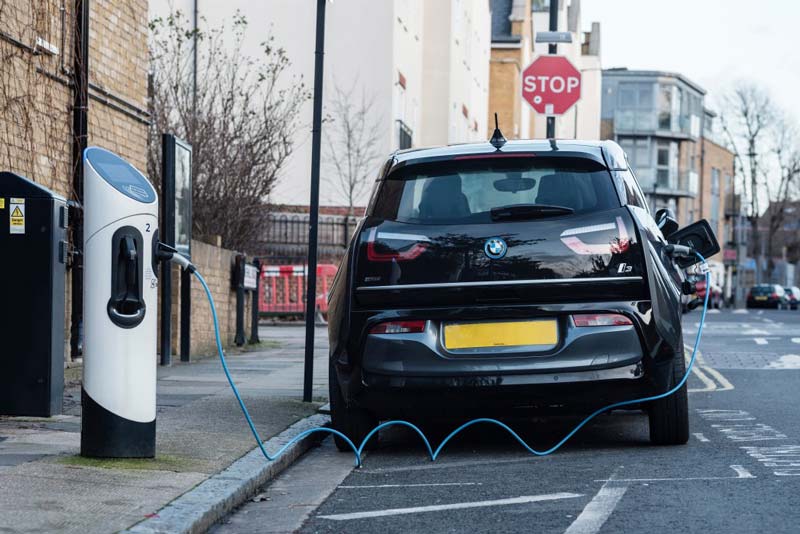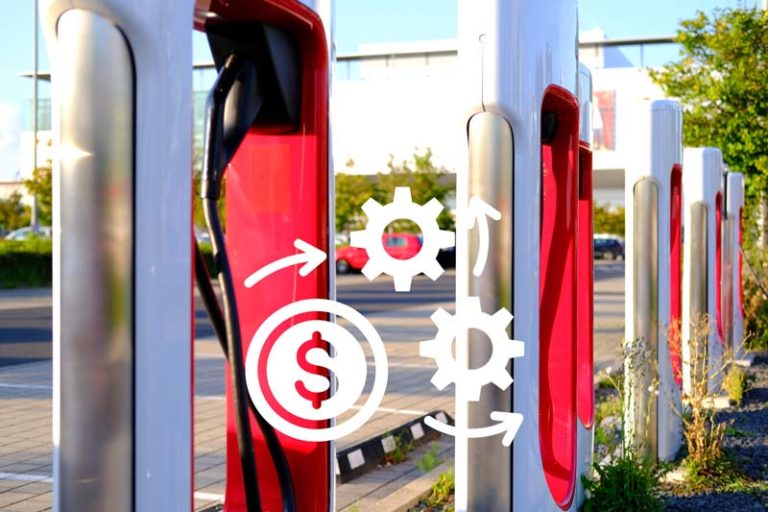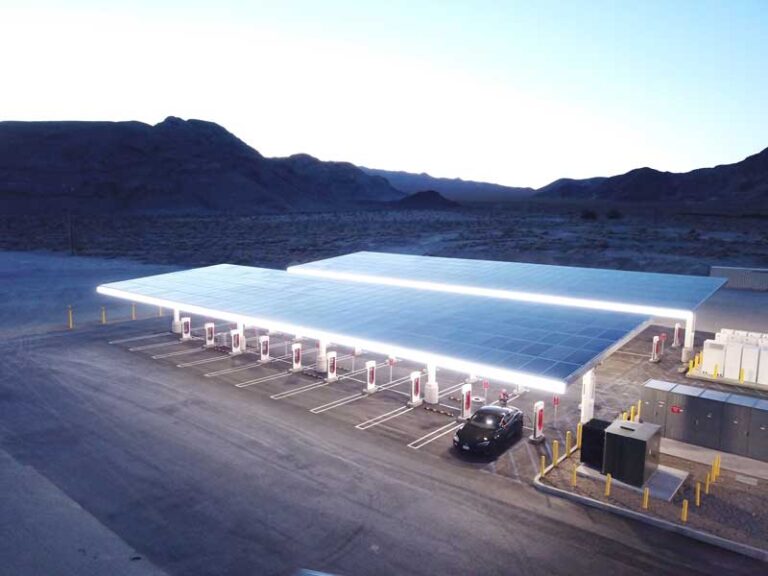Every electric vehicle owner wants to ensure that their car is adequately charged, and finding the right charging station for your home is an essential part of keeping your vehicle running. So, which one of the ClipperCreek and ChargePoint chargers are better?
ChargePoint offers more flexibility and additional features when compared to ClipperCreek. ChargePoint has a higher amperage, supports smart features, and is power-adjustable, supporting hardwired and NEM-plug-in options. If you are looking for a cheaper option, ClipperCreek may be best for you.
In this article, we will discover why these home chargers are the most popular options in the market. By exploring these chargers and their pros and cons, we will help you make the right decision for your home charging system.

Pros and Cons of ChargePoint

Pros
- ChargePoint has the largest network of public charging stations independently owned.
- The unit has a sturdy, durable construction.
- The home charger is a 50-amp smart charger.
- It supports a ChargePoint App to let you schedule automatic charges from your smartphone.
- It features hardwired and NEMA plug-in options.
- It arrives with a 23-foot (7.01 meter) cable.
- It comes with NEMA 3 rating to support both indoor and outdoor installation.
- It is easy to set up and use.
On a similar note, I also wrote an article that might interest you. Check out: “Is Charging Your EV Really Cheaper Than Gas? Helpful Info“.

Cons
- The Chargepoint Home Charger retails at a steep $700, which may seem expensive.
- The mobile app can be unstable at times due to software flaws.
Pros and Cons of ClipperCreek

Pros
- It has the longest history of making electric vehicle chargers compared to all other brands.
- It features a durable and sturdy design.
- It retails at a lower price point than the ChargePoint charger; $565.
- It arrives with a 25-foot (7.62 meter) cable.
- It can deliver up to 40 amps.
- It is NEMA 4 rated to withstand extreme weather conditions, allowing safe use outdoors.
Cons
- It does not have smart capabilities, so it has no mobile app and does not support automatic charging scheduling
- It is a hardwired charging station but does not support NEMA-plug-in options.
What Are the Main Differences Between ChargePoint and ClipperCreek?
The main differences between ChargePoint and ClipperCreek are smart charging features, optional plug-ins, output, power adjustability, and price. They are both excellent charging points for your electric car, but ChargePoint has greater capabilities.
| Power Adjustable | NEMA Rating | Smart Charging Features | Power output | Price | |
| ChargePoint | Yes (hardwired and NEMA plug-ins support) | NEMA 3 rated | Yes | 48 amps | $700 |
| ClipperCreek | No (Only hardwired option) | NEMA 4 rated | No. Does not have smart charging capabilities | 40 amps | $565 |
While the ChargePoint option has a higher power output and is power-adjustable, it comes at a high price point and is not as sturdy as the ClipperCreek option when it comes to NEMA rating.
On the other hand, while the ClipperCreek option comes at a lower price and has a higher NEMA rating, it only has the hardwired option and does not have any smart features.
It also has a comparatively low power output.
For the sake of comparison, the ChargePoint home charger is better in more areas than the ClipperCreek home charger. The only downside is that it is one of the most expensive home chargers on the market.
Admittedly, not all car owners want the smart features or can cough up the higher price point. In this case, ClipperCreek will make more sense.
What Are the Similarities Between ChargePoint and ClipperCreek?
| Energy-star certified | Ease of Installation | Robust Construction | Safety Certified | |
| ChargePoint | yes | yes | yes | yes |
| ClipperCreek | yes | yes | yes | yes |
Similarities between ChargePoint and Clippercreek
Despite the differences between these two brands, both options are energy-certified for minimal environmental impacts, are both easy to install, and have robust builds that allow outdoor setup.
Both of these units are also safety certified to keep you at ease during use.
As an added bonus to this article, I’ve created this easy-to-use charging calculator. Simply input your model, charging wattage, and charging percentage, and you will get the estimated time it will take to charge a Tesla in terms of hours. You can play around with numbers a bit just to see how charging time changes:
How To Install Your ChargePoint Home Charger
If you are having trouble setting up your home charger, the following videos will guide you on setting up your electric vehicle charger in your home:
Check out these 20 great gift ideas for yourself or a Tesla fanboy.
Contact Us if you have any questions or queries.








